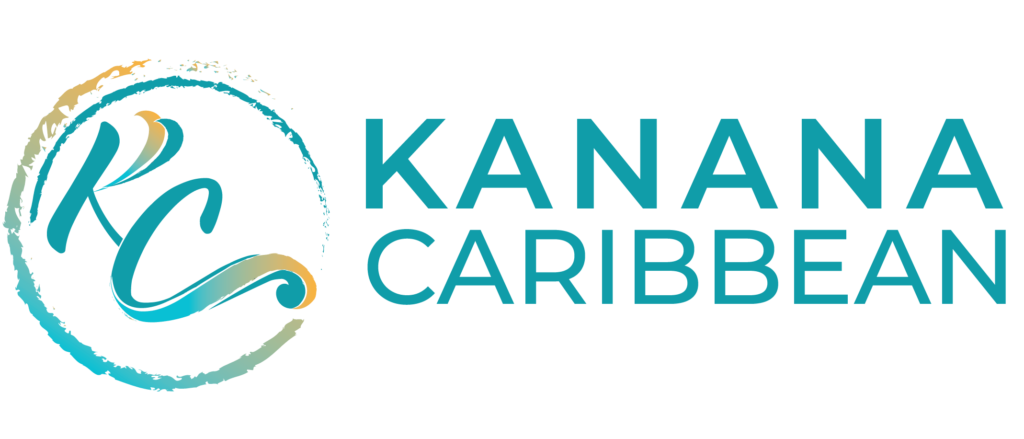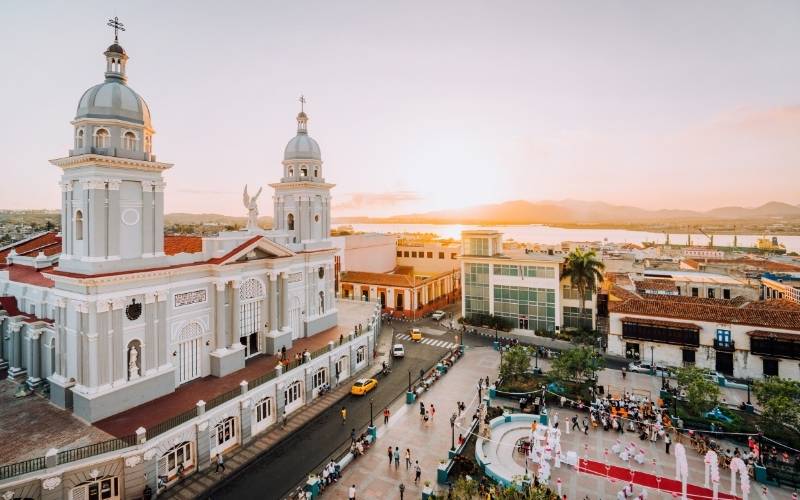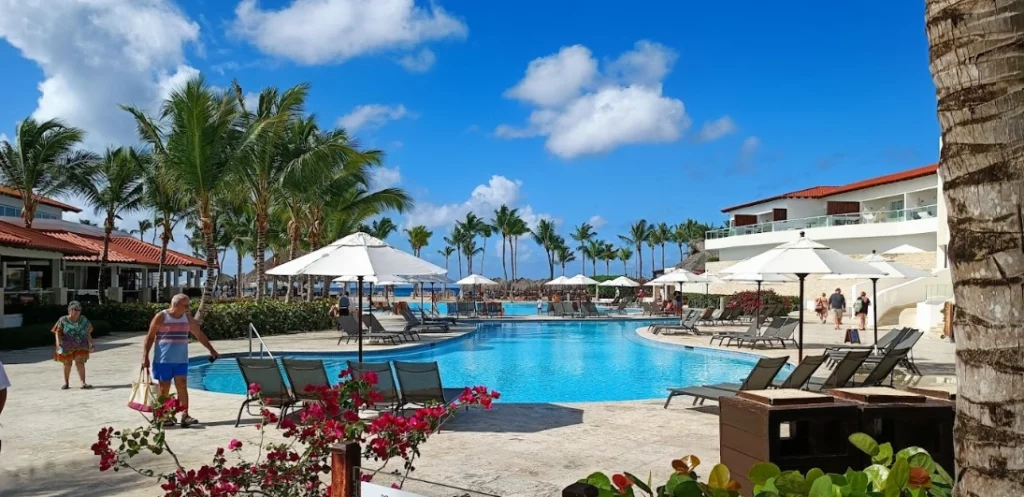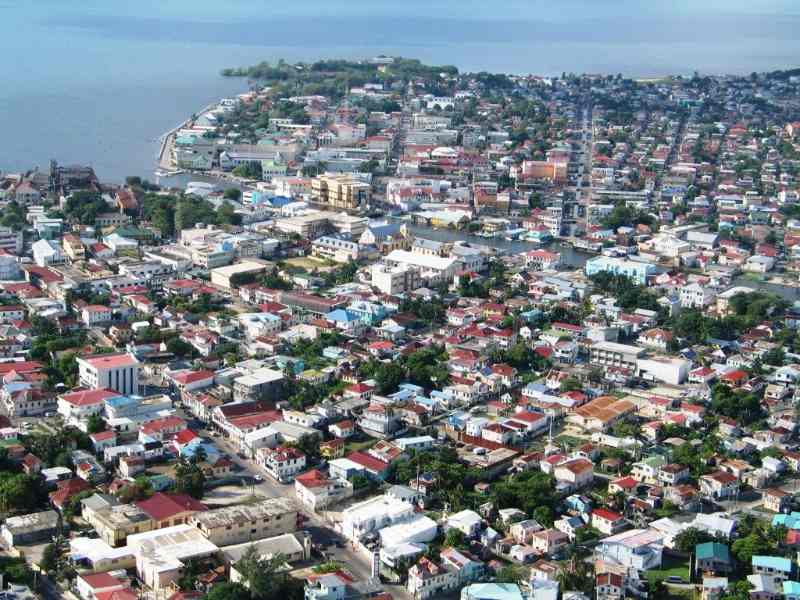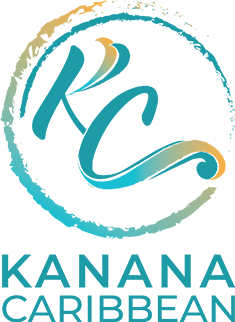A Historical Snapshot of The U.S. Virgin Islands Preserved Via A 1917 Census

The timing of American Independence Day on July 4 and Virgin Islands Emancipation Day on July 3 may have just been a coincidence. Still, it has symbolised the relationship between the two civilizations every year.
The U.S. Census Bureau carefully examined the territory America had recently acquired and the people living there when that connection was formalised in 1917 with the transfer of what had been the Danish West Indies to the United States.
The 1917 Census of the U.S. Virgin Islands provides a wealth of details regarding the way of life in St. Croix, St. Thomas, and St. John when the U.S. took over after Denmark left.
According to the U.S. Census Bureau, the territory had 26,051 residents in 1917, a little under 30% of the current population of 87,146 persons as of the 2020 census. The total was broken down in the study by island, gender, age, race, and, to some extent, occupation. This series will continue to include more information, including that data.
The local administration carried out the next census of the islands in 1930. 1940 saw the U.S. For the first time, the territory was counted in the decennial census. The V.I. has been incorporated every ten years since.
The 1917 census’s format and procedures offer insight into how the United States perceived its newest territory. The secretary of the Navy, who had been given charge of overseeing the islands, made the request, and the secretary of Commerce gave official approval.
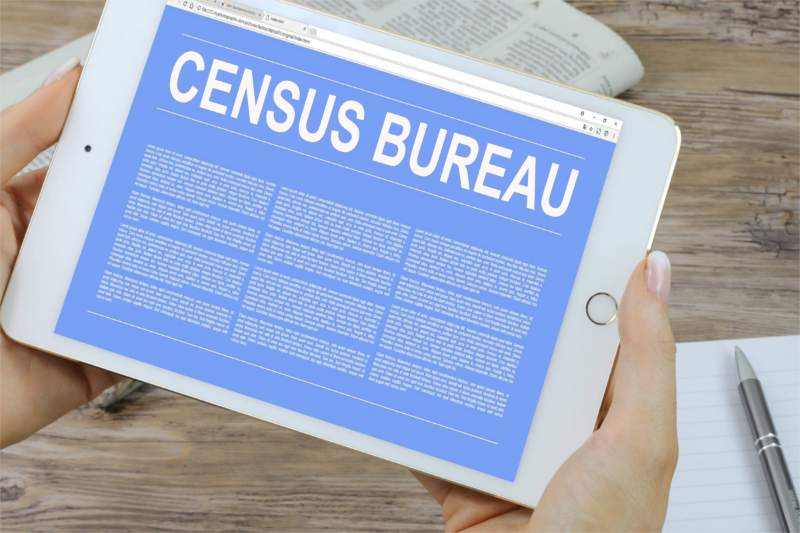
The Census Bureau has conducted a census in each state every ten years
Since 1790, the Census Bureau has conducted a census in each state every ten years. For the unique V.I. census, it amended the questions from its 1910 national census only a little bit. It was not the island’s first population count in history. In the past, the Danes and some other Europeans kept records of the population in their colonies.
However, a wide range of socioeconomic indicators, including education, housing, and literacy, was also covered by the 1917 U.S. Census. In an apparent attempt to put the statistics into context, it also provided a brief geography lesson detailing the location and size of the bigger islands, as well as a synopsis of the islands’ history.
The census report highlighted that the sale of the islands from Denmark to the U.S. had originally been proposed in 1865 and that discussions had gone on and off for more than 50 years, citing a report by the U.S. Senate’s Committee on Foreign Affairs dated February 17, 1917.
The United States made a $5 million offer for St. Thomas, St. John, and Santa Cruz in 1866. The counteroffer from Denmark was $15 million for all three or $10 million for only St. Thomas and St. John. For the three, the U.S. returned $7.5 million. Ultimately, $7.5 million was agreed upon for just two islands, St. Thomas and St. John.
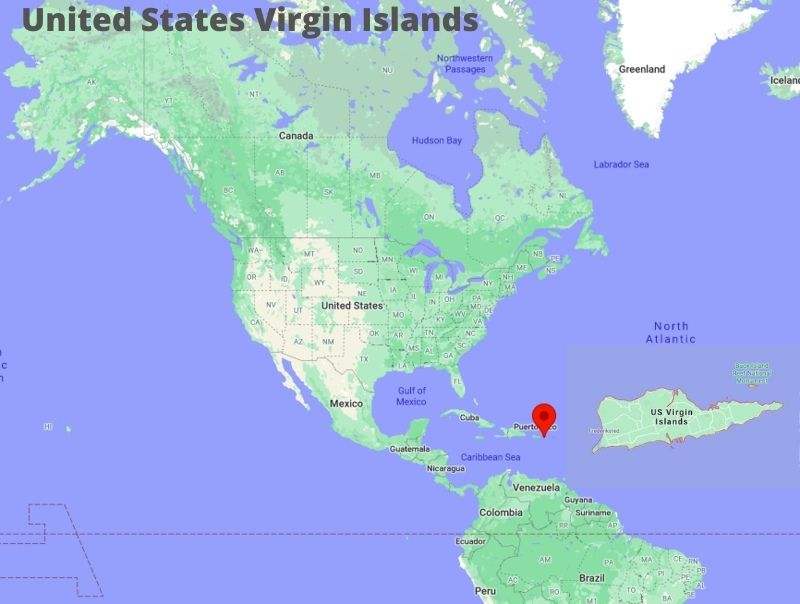
Denmark stipulated that islanders must ratify it before the agreement could be concluded
Before the agreement could be concluded, Denmark stipulated that islanders must ratify it. The referendum received 1,039 votes on St. Thomas, and all but 22 favored the move. Only 205 persons cast ballots in the less populated St. John, but they all cast yes votes. The U.S. Senate then rejected the deal.
The U.S. reintroduced the concept in 1902 to protect itself from the rising instability in Europe. This time, a deal was much more imminent, and the asking price for the three islands was only $5 million. The deal was approved by the U.S. Senate and one of the two houses of the bicameral Danish Rigsdag, but it was rejected by the other house on a tie vote of 32 to 32.
The U.S. paid the price for the denial. The subsequent talks are not covered in the census report. Still, other sources indicate that as World War I drew closer, the strategic value of the Caribbean islands increased, driving the eventual purchase price to $25 million.
The Virgin Islands’ worth “now lies in their geographic location and superior harbour facilities rather than in their commercial and agricultural activity,” the Census Bureau writes in a section of the report discussing the reduction of commercial marine traffic in the islands.
Agriculture still dominated the islands even though the plantation economy had declined for decades, and the population steadily moved from rural to urban regions. According to the report, many St. John people supplemented their diets by fishing and survived by growing modest crops of potatoes, yams, okra, cucumber, tomatoes, peas, and pumpkins. Some people occasionally worked on estates for a small wage.
The bay oil produced on the island of St. John from the leaves of a unique bay tree has gained the island notoriety. Additionally, “effort has been made to develop lime trees” recently.
68.8% of people over ten who lived in the region were gainfully employed.
The 1917 census had to be primarily focused on persons. However, since it also acted as an introduction to the recently gained territory, it included certain geographic and historical details.
Regardless of the causes, the outcome was clear in 1917. According to the census, the Danish West India Plantation Company attempted reforestation “a few years ago.” The corporation planted more than 50,000 mahogany and cedar trees, mostly on St. Croix.
The first official U.S. census of the U.S. Virgin Islands was conducted on November 1, 1917. However, the counting occurred in late December and early January of 1918.

Census Bureau representatives didn't reach the V.I until December 17
The article claims that Census Bureau representatives didn’t reach the V.I. until December 17, citing “transportation problems.” The enumeration started on December 24, Christmas Eve, and they were living in “suitable accommodations” in Fort Christian on St. Thomas. A group of enumerators travelled to St. Croix a few days later, staying at Government House in Christiansted.
It wasn’t just door-to-door counting. In certain cases, the bureau instead relied on those it believed to be responsible individuals to submit third-party reports. According to the report, the swift and successful enumeration of St. Croix is largely attributable to the estate owners’ aid.
The naval government had prepared the basis for the census by soliciting assistance from estate owners, school administrators, and the “quarter officers” of various districts and estate owners. Many instructors were available to act as enumerators because of the Christmas break.
Browse our list of Kanana Caribbean hot spots and also checkout our news page for more updates.
Sources
Find Related News
Subscribe To Our Newsletter

Popular Posts
The Bahamas Holidays & Events You Must Attend at Least Once in A Lifetime
The Bahamas holidays are the definition of paradise, with over 700 islands encircled by dazzling blue waters. As you discover pink beaches, hidden sandbars, and deserted islands and coves, unwind and refresh during the Bahamas holidays.
